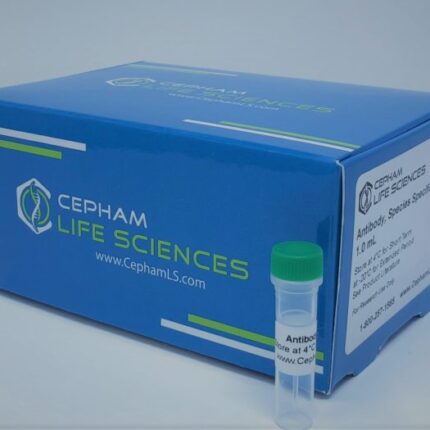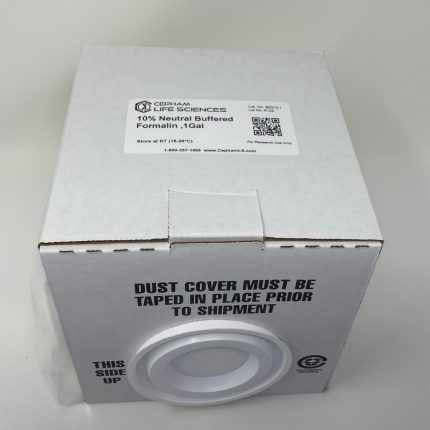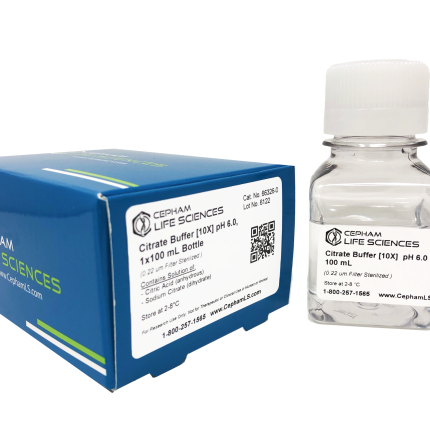Modified Mayer’s Hematoxylin Solution is commonly used as a nuclear counterstain in immunohistochemistry or cytochemistry staining. It is formulated without any alcohol in it, which is helpful in not dissolving AEC (3-amino-9-ethylcarbazole), alkaline phosphatase/Fast Red chromogen or other soluble colored products. The results obtained from this staining procedure are used for the determination of chromatin in nuclei of biological specimens.
The composition of the modified Mayer’s hematoxylin solution is below:
- Hematoxylin – 1g/L
- Sodium iodate – 0.2g/L
- Aluminum potassium sulfate dodecahydrate (Alum) – 50g/L
- Chloral hydrate – 50g/L
- Citric acid – 1g/L
The first successful biologic application of hematoxylin isolated from an extract of logwood was described in 1865 by Bohmer1 and later in the year 1903, Mayer introduced his formulation.2 Since then, numerous formulations have been developed and the most popular ones are Mayer’s, Harris’, Gill’s formulation. Hematoxylin can only be used as a nuclear stain when oxidized to hematein and combined with a metallic ion (mordant) and the most successful mordants have been aluminum or iron salts.
Generally, hematoxylin solutions are classified as progressive or regressive based on dye concentration. Mayer’s hematoxylin is a progressive stain, which has a lower concentration of dye and selectively stain nuclear chromatin without staining cytoplasmic structures. The desired intensity is a function of time. If staining times are excessive, a progressive stain might act similarly to a regressive stain solution. Staining with progressive stains generally requires more time than staining with regressive stains.
However, regressive stains such as Harris’ hematoxylin), all tissue components (nuclear and cytoplasmic) are intensely stained. To get the correct staining response, excess dye must be removed from the tissue section. After sufficient differentiation, a properly de-stained section will demonstrate nuclear staining, but will not stain cytoplasmic structures.
References:
- Conn’s Biological Stains, 10th ed., RW Horobin and JA Kiernan, Editors, Taylor & Francis, NY, 2002,
pp 17 - Histopathologic Technic and Practical Histochemistry, 3rd ed., RD Lillie, Editor. McGraw-Hill, New
York, 1965, p 175
Disclaimer:
Our product “Mayer’s Hematoxylin Solution, Modified” is designed for Research Use Only and not intended for clinical or diagnostic purposes in humans and animals.











